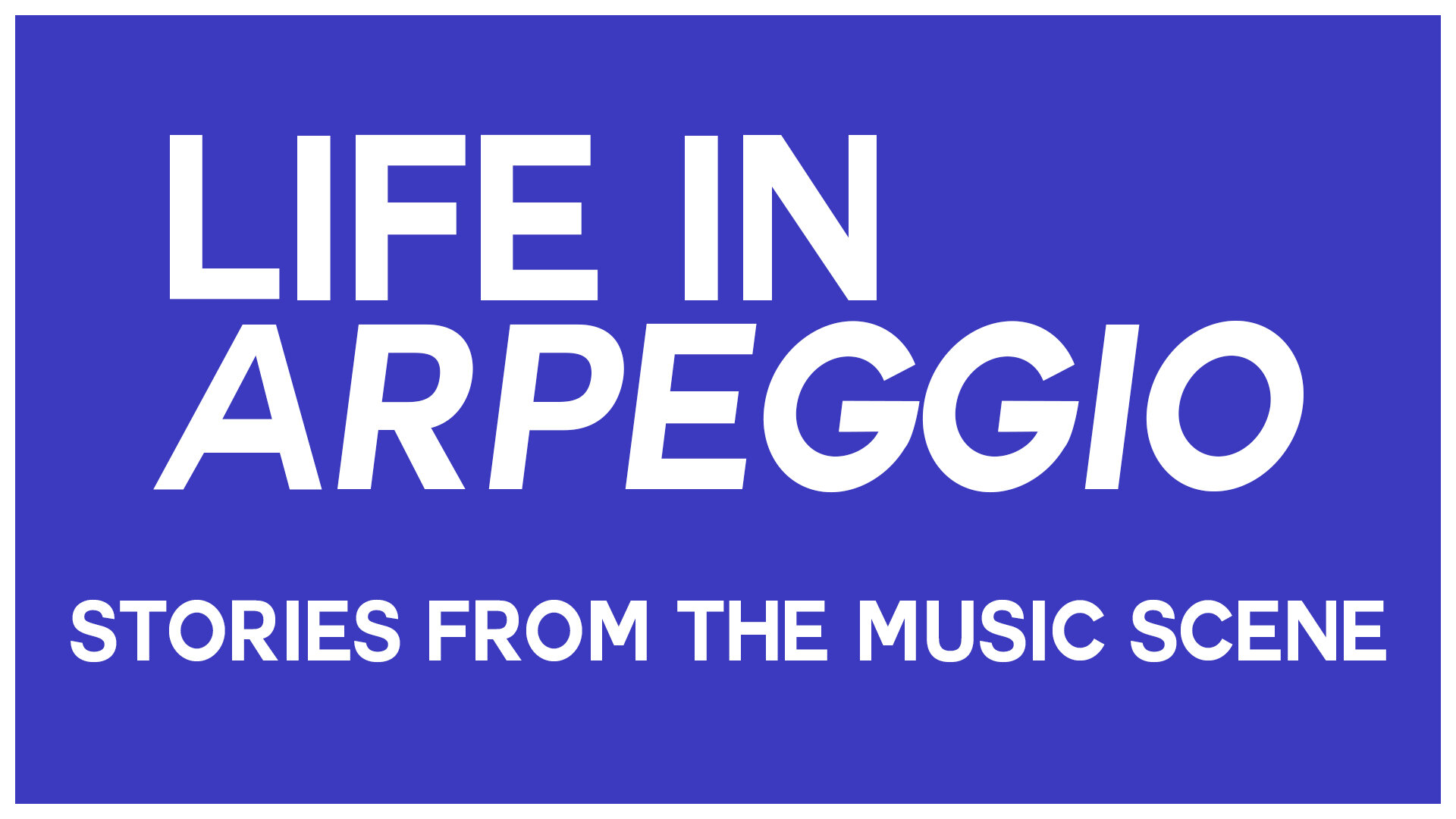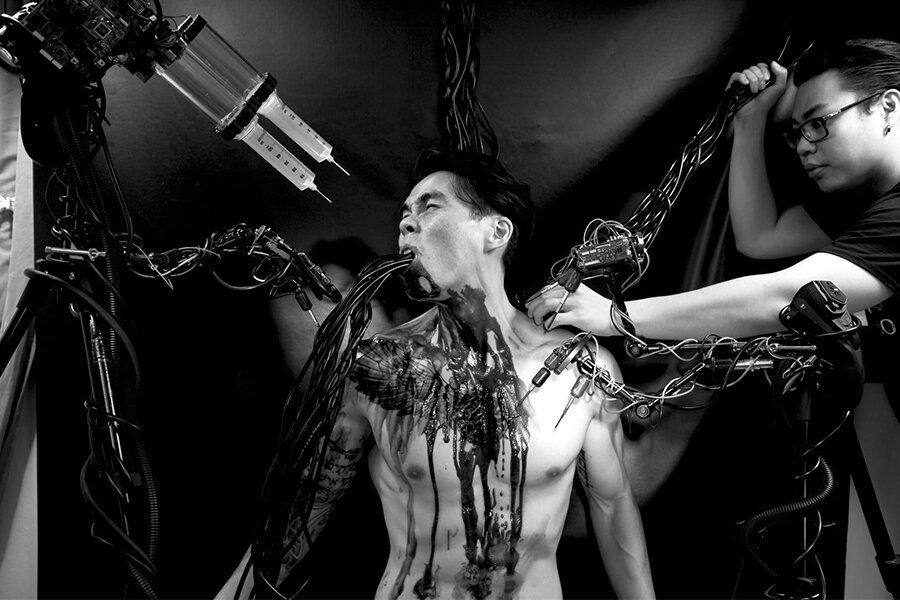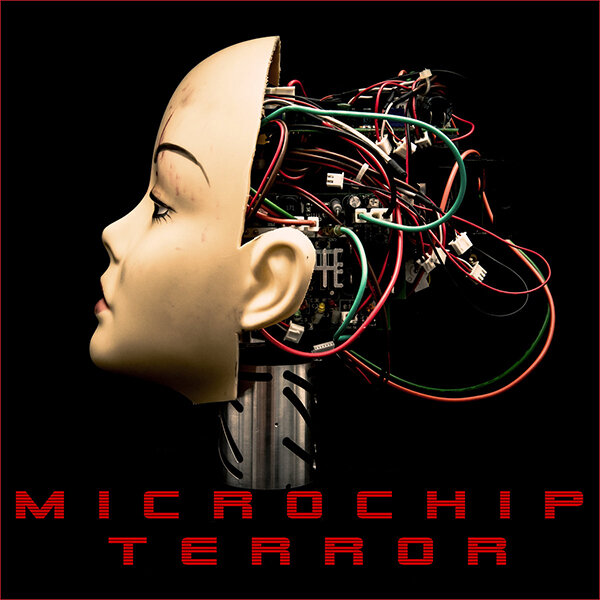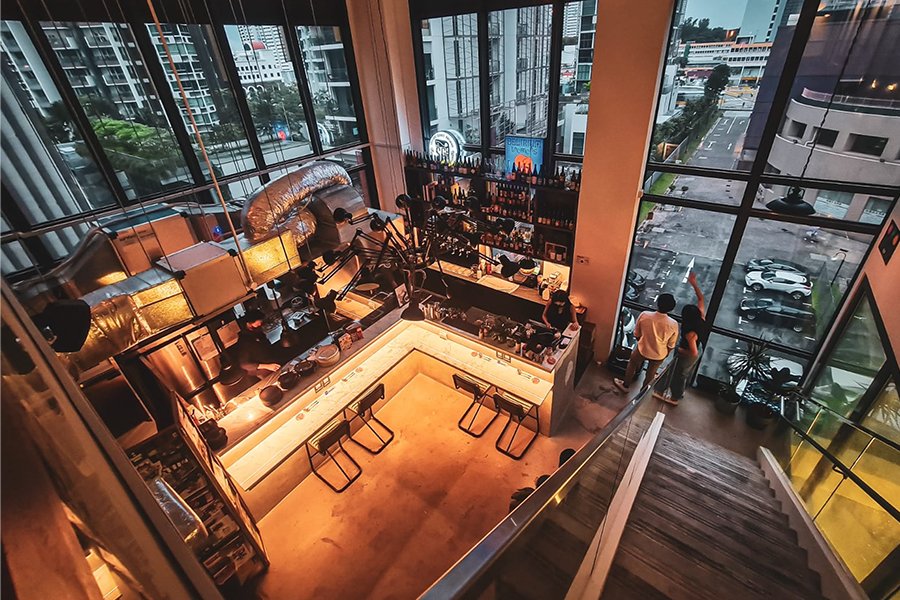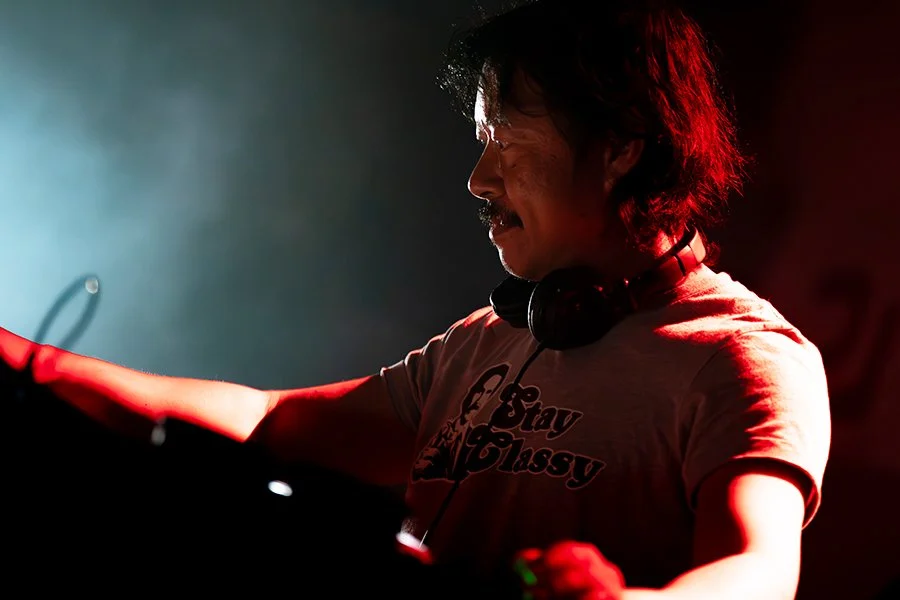A Harsh Frontier: Decoding The Monstrous Electronic Experiments Of Microchip Terror
You are entering the mad antics of Microchip Terror (Credit: Courtesy of Microchip Terror)
Come closer if you have the stomach for it. The dominion of Microchip Terror is a villainous one; a metallic, neo-futuristic wasteland sculpted with ferocity and excess. His music presents the kind of listening experience that will chew you out if you’re ill-prepared, as this is amplified, bare-knuckled electronica that wallops from the get-go. Nothing about the producer’s output is subtle, but a blitzkrieg of tough, digitised percussions and sharp, maxed-out synths creating a sensation of heightened tension, not unlike the menacing soundtrack of an old-school video game’s boss fight. For the uninitiated, Microchip Terror’s music is certainly a challenge to digest. But once you’re acclimatised, it’s a potent rush that you’ll want to plug into over and over.
The wicked album cover of Microchip Terror’s sophomore full-length (Credit: Dave Adeth and Kei Chen)
The latest concoction from this producer’s lab is the follow-up to his 2018 full-length, the grimly-titled Illegal Experiments 2. As promised, it’s a collection of kaiju-sized creations delivering an onslaught of dramatic numbers that embrace the traditions of past genres. Microchip Terror’s cross-bred sound combines the industrial skin of EBM, the sinister temperament of darksynth, the Nintendo-esque bleeps and squiggles of chiptune, and even the scream-fronted fury of metal in some tracks that appear on this album. It’s a nod to his origins as a hardcore musician, who’s now found a way to craft his carnage using the tools of electronic music. If robots could mosh, it would be to the beat of his music.
What drives the monstrous nature of Microchip Terror, and what led him down this dark path in production? In this interview, the eccentric mastermind spills his secrets.
“I’m mostly making music for myself to scratch and relieve that creative itch in my head.” (Credit: Courtesy of Microchip Terror)
Congratulations on the new album. What can you tell us about the concept or narrative behind Illegal Experiments 2?
The concept behind Illegal Experiments 2 is the same as the first – human experimentation and all the gross things I adore in the sci-fi/horror genre – just an improved and sicker version. I like to treat my releases as movies, so if Illegal Experiments 1 is my Terminator, this sequel is my Terminator 2.
The album almost resembles the soundtrack of a video game’s boss rush on maniac difficulty. Is it a conscious decision to put listeners on the edge of their seat with your music?
It could be a conscious decision, but not for listeners, as I’m mostly making music for myself to scratch and relieve that creative itch in my head.
There’s also a dark, sinister quality in your sound, from the minor melodies to the destructive percussions. What draws you to this dark side of music?
I have tried making happier stuff, but for some reason it always ends up leaning towards the darker or melancholic side. Making music provides a therapeutic and cathartic relief for negative thoughts and feelings accumulated from daily life, so perhaps that is why my musical output is more on the darker side. I actually enjoy listening to happy and uplifting stuff, but I’m just a little more comfortable with churning out dark-sounding tunes.
From the Nintendo-esque synths you use, there’s a strong retro video game influence in your sound. Do these play a huge role in your life, and how does it define you artistically?
Like most people my age growing up in the early ’90s, retro video games played a big part of my life and the soundtracks were some of the most memorable things ever. Thanks to the COVID-19 Circuit Breaker last year, I was able to revisit some classics on the Nintendo Switch with excellent soundtracks like Streets of Rage 2, Megaman X and Revenge of Shinobi. I don’t really keep up with new games these days, but I still enjoy listening to the newer Doom soundtracks by Mick Gordon. I also got acquainted with the chiptune scene thanks to my buddy N3M3515 who does awesome chip-doom music. All these factors eventually led to my music being subconsciously influenced by that Nintendo, retro video game sound, as I needed to make things a little playful-sounding to balance out the ‘sinister-ness’.
Microchip Terror came up with the concepts behind the promo photography (Credit: Kei Chen)
With insertions of vocal screams in some of your tracks like “AL-245” and “Mechanical Gore”, there’s an intriguing overlap between your material and the realm of hardcore music. Are you ever influenced by that domain?
For “AL-245”, I wanted to sound like a tortured human subject and on “Mechanical Gore”, a rabid infected mutant. I came from a metal/punk background so these harsh vocal styles made sense for the tracks, but I was very influenced by Youth Code especially for “Mechanical Gore”.
Can you share some synthesis secrets when you’re in the studio?
My secret is that I’m actually a synthesis noob hehe. I never had the attention span to really learn how to craft sounds from scratch. The sound I have now is a result of spending years tweaking and layering synth presets, experimenting with effect chains and distortion plug-ins until it sounded abrasive and a little disgusting. I pretty much did things the wrong way for a long time, but I think I managed to get a signature sound thanks to happy accidents along the way.
Microchip Terror managed to squeeze in a live performance before the pandemic kicked in (Credit: Boplay Photos)
Do you use a lot of hardware in your works? What about your live setup?
I don’t use any hardware at all and my live setup consists of an Akai Midi Pad and Novation Midi Keyboard with my laptop loaded with soft synths. I might get a hardware synthesiser to mess around with because having too many sonic possibilities on the laptop can be super overwhelming and distracting, but for now I’m pretty comfortable doing everything on the laptop due to convenience and workflow comfortability.
What tricks did you try differently with the construction of this album, compared to its predecessor?
Aside from having vocals for the first time, I tried to make this album a little more polished and with more dynamics. I wasn’t 100% satisfied with the sound of the previous album so I took what I did not like and improved it here. That meant a lot more mixing, scrutinising, overthinking and many episodes of self-doubt. I have to thank Nick Chan of Muon for his production guidance during the early stages as his inputs definitely made this process better.
Behind the scenes for his album’s photoshoot (Credit: Dave Adeth and Kei Chen)
The new album also features amazing cover art with gruelling, behind-the-scenes prep. Can you tell us more about your vision behind the artwork?
The cover art was inspired by some of my favourite sci-fi/horror movies: Re-animator (1985), Tetsuo the Iron Man (1989), Rubber’s Lover (1996) as well as the album cover of Voivod – Dimension Hatröss. I’ve always been very inspired by the DIY aspects of these low-budget independent movies like creating practical effects and crafting props, so I wanted to channel that spirit into the artwork creation process. Although working on music is therapeutic, it can be very stressful, so working on the album cover art was definitely my favourite part as I get to do something else creatively and collaborate with peers.
Going back to the music, how did you first get into this style of sound?
It all started when a friend linked me a track by Perturbator in 2015. Back then, I wasn’t really into electronic music other than industrial metal and movie soundtracks, but I was drawn to his heavy sound and captivating songwriting that took me to a journey beyond the black rainbow.
The promo art for “AL-245”, the new album’s debut single (Credit: Dave Adeth and Kei Chen)
How did you first start dabbling in production, and did you have any music projects prior to Microchip Terror?
Before this, I was playing bass and doing vocals in metal bands for most of my life until around 2016, but it got to a point where being in a band was challenging. Heavily seduced by the idea of having 100% creative control as I discovered the world of digital music production, I started researching intensively, getting tips from producer friends, watching tonnes of tutorials, messing with the DAW, synth plug-ins and that’s pretty much how it started.
And to wrap up, tell us a bit about yourself when you’re not wreaking havoc as Microchip Terror.
I’m a pretty homely person, I enjoy spending time with my wife and our two cats, watching movies, listening to music and reading sometimes. Recently, I started developing an interest in shooting and editing videos. I think we can expect a music video sometime so stay tuned… to a dead channel.
